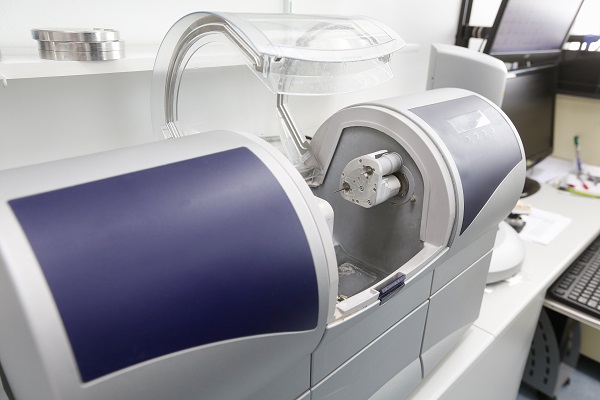CEREC® Crowns vs. Traditional

Thanks to advances in technology, CEREC® crowns are available to treat various dental conditions. You should not have to live with tooth pain or embarrassing cosmetic issues. Crowns have been around for centuries to provide relief. If you are ready to do something about your oral health problems, it is helpful to compare traditional crowns and CEREC options.
Why people get crowns
Whether from injury or poor dental habits, teeth can suffer damage. Crowns are an effective way to repair issues or to keep problems from escalating. People often have this treatment to keep cracked teeth from breaking apart. In this case, the crown supports the tooth and prevent further damage. This restorative care is always a good way to seal a tooth that had severe tooth decay. Crowns are also useful for cosmetic reasons. They can cover blemishes, such as discoloration or chips.
The process
Before getting CEREC crowns or the traditional variety, the dentist will examine the patient’s teeth and mouth. The patient and dentist will discuss whether this treatment makes sense. With traditional crowns, the dentist then takes X-rays and makes impressions. A technician takes these and makes a porcelain or ceramic crown at a lab, where the crown should be ready in two or three weeks. At the next visit, the dentist shaves part of the tooth so the crown will fit. The crown is then cemented into place.
With CEREC® crowns, the process is much faster. There is no need to wait a few weeks or go into the office multiple times. Using computer technology, the dentist makes digital impressions. This information goes into a system that makes the crown in the office while the patient waits.
Doing away with temporary crowns
Because there is a waiting period with traditional crowns, most dentists will place a temporary cap on the damaged tooth. Made of resin, the temporary crown can be uncomfortable and difficult to get used to. With CEREC crowns, this temporary cap is unnecessary because the patient gets the permanent crown during the first appointment.
The material
CEREC® crowns are made from a ceramic block. There are benefits of using this material, but it is not as strong as other options. Traditional crowns, conversely, may come in either ceramic, porcelain, metal or porcelain fused to metal. The latter is the most durable of the bunch.
The appearance
Traditional crowns and CEREC crowns both offer the patient a natural-looking solution. It will be virtually impossible to tell whether a person has a CEREC cap. When the patient gets a porcelain or ceramic traditional crown, it will look just like the surrounding teeth as well. The dentist can choose the right color shade to enhance the patient’s smile.
Choose wisely between CEREC® crowns and traditional ones
Study how both traditional and CEREC crowns work. There are differences and similarities with these treatments, so talk to your dentist to decide which is right for your needs. Stop living with painful conditions or challenging cosmetic flaws. Take control of your looks and health by getting a crown today.
Request an appointment here: https://somervilledentist.com or call Assembly Dental at (857) 300-5779 for an appointment in our Somerville office.
Check out what others are saying about our services on Yelp: Read our Yelp reviews.
Related Posts
Dental bridges are a non-invasive restorative option for replacing missing teeth. However, they require proper care and maintenance to maintain the bridge and the surrounding teeth and gums. A general dentist can provide personalized instructions on caring for one’s bridge according to its type, location in the mouth, and other factors. However, patients can get…
An implant dentist replaces missing teeth with durable, natural-looking dental implants. Choosing the right provider is essential for long-term success, as implants require precise placement and proper integration with the jawbone. Patients seeking a permanent solution for tooth loss can benefit greatly from the expertise of an implant dentist. Understanding the advantages of specialized treatment…
An implant dentist replaces missing teeth with durable, natural-looking dental implants. This advanced restorative treatment helps patients regain confidence in their smiles while improving oral function and long-term dental health. Whether replacing a single tooth or restoring multiple missing teeth, an implant dentist provides customized solutions to achieve a strong, stable, and aesthetically pleasing result.Dental…
Dental implants restore a smile no matter how many teeth are missing. Along with plentiful benefits, they also require minimal lifestyle changes. However, an implant dentist can guide patients in promoting the longevity of implants so that they remain a practical and reliable tooth replacement option.Dental implants represent an improvement in quality of life rather…






